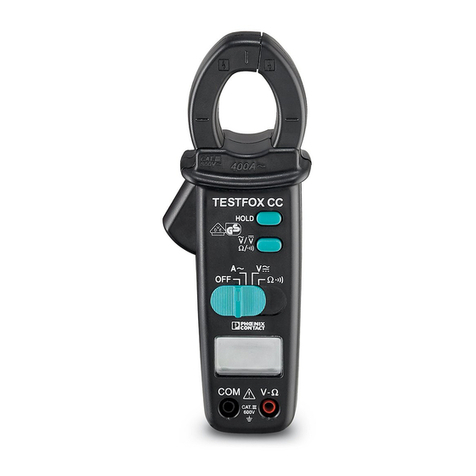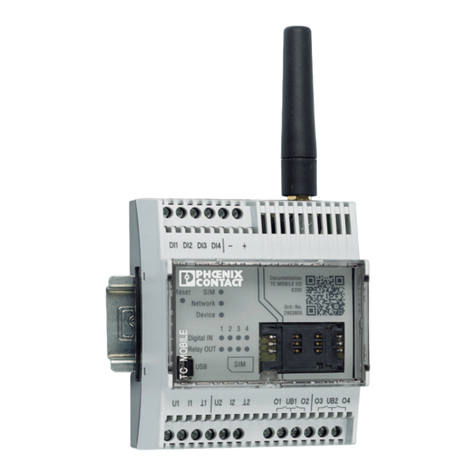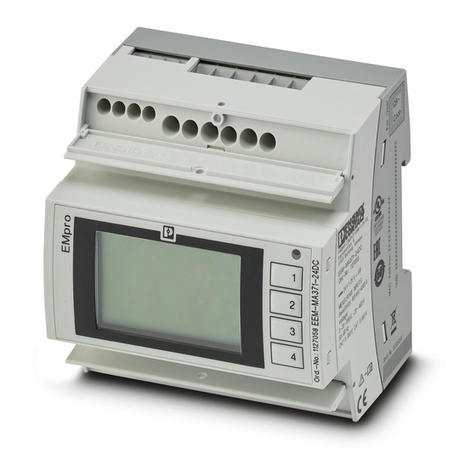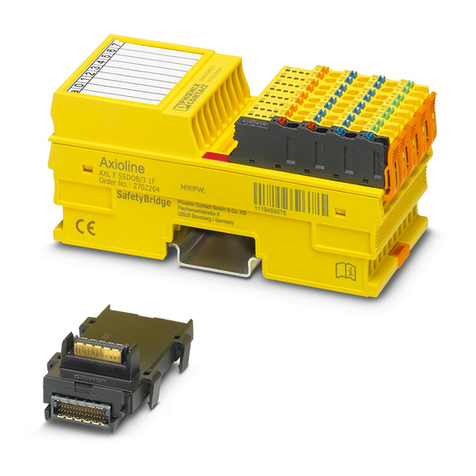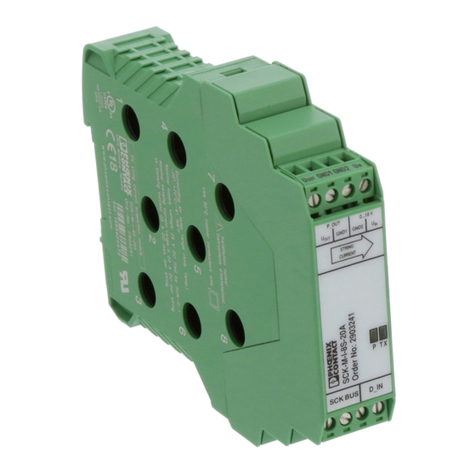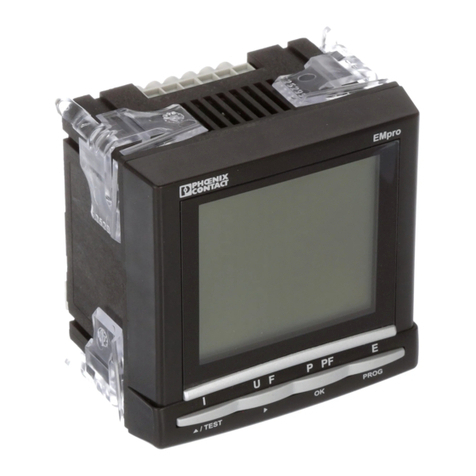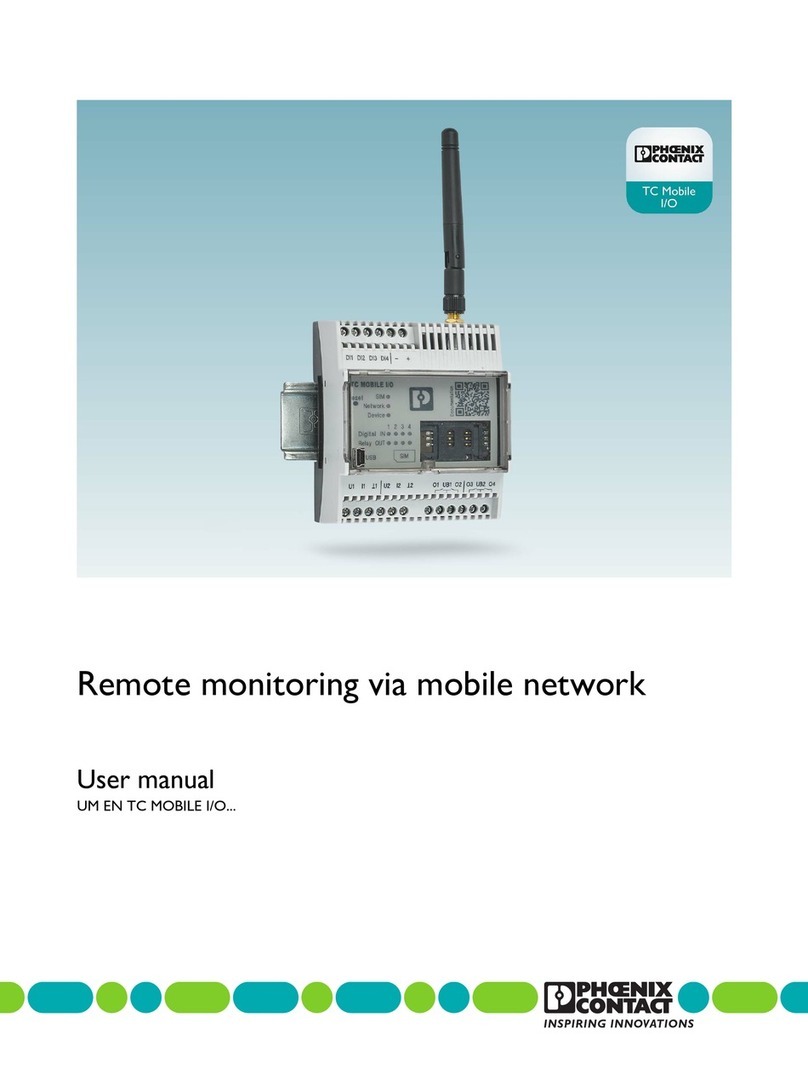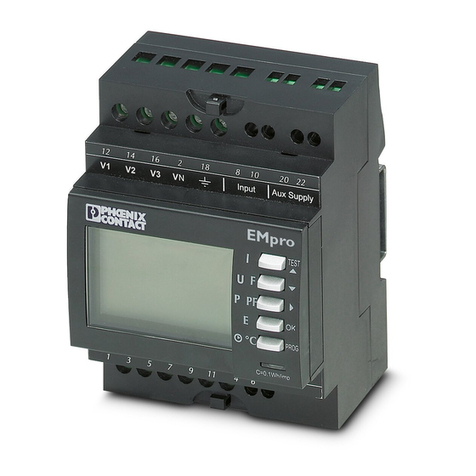
LM-S
4 / 72 PHOENIX CONTACT 105005_en_02
4.2 Configuration procedure ......................................................................................32
4.3 Access via web interface .....................................................................................33
4.4 Querying the status..............................................................................................34
4.5 Evaluating lightning current characteristics..........................................................36
4.6 System settings ...................................................................................................38
4.7 Sensor settings....................................................................................................40
4.8 Network settings ..................................................................................................41
4.9 Clock settings ......................................................................................................42
4.10 Firmware update..................................................................................................43
4.11 Assigning IP addresses (DCP) ............................................................................45
5 Service and maintenance ........................................................................................................46
5.1 Important information for maintenance work........................................................46
5.2 Error messages and solutions .............................................................................47
5.3 Replacing components .......................................................................................48
5.3.1 Replacing sensors ...............................................................................48
5.3.2 Replacing cables .................................................................................48
5.3.3 Cleaning connectors ............................................................................49
6 Modbus protocol ......................................................................................................................50
6.1 Modbus features..................................................................................................50
6.2 Modbus register tables ........................................................................................51
6.2.1 General settings ...................................................................................51
6.2.2 Monitoring system settings ..................................................................52
6.2.3 Network settings ..................................................................................53
6.2.4 Status settings .....................................................................................54
6.2.5 Sensor settings ....................................................................................55
6.2.6 Interface service settings .....................................................................56
6.2.7 Event log settings .................................................................................57
6.2.8 Data in the event log (lightning data) ....................................................58
7 OPC UA server ........................................................................................................................60
7.1 Functions of the OPC UA server..........................................................................60
7.2 Security with the OPC UA server .........................................................................60
7.3 Establishing a secure connection ........................................................................61
7.4 Variables for the OPC UA server .........................................................................62
7.4.1 General settings ...................................................................................62
7.4.2 Monitoring system settings ..................................................................63
7.4.3 Network settings ..................................................................................64
7.4.4 Information on the status ......................................................................65
7.4.5 Sensor settings ....................................................................................66
